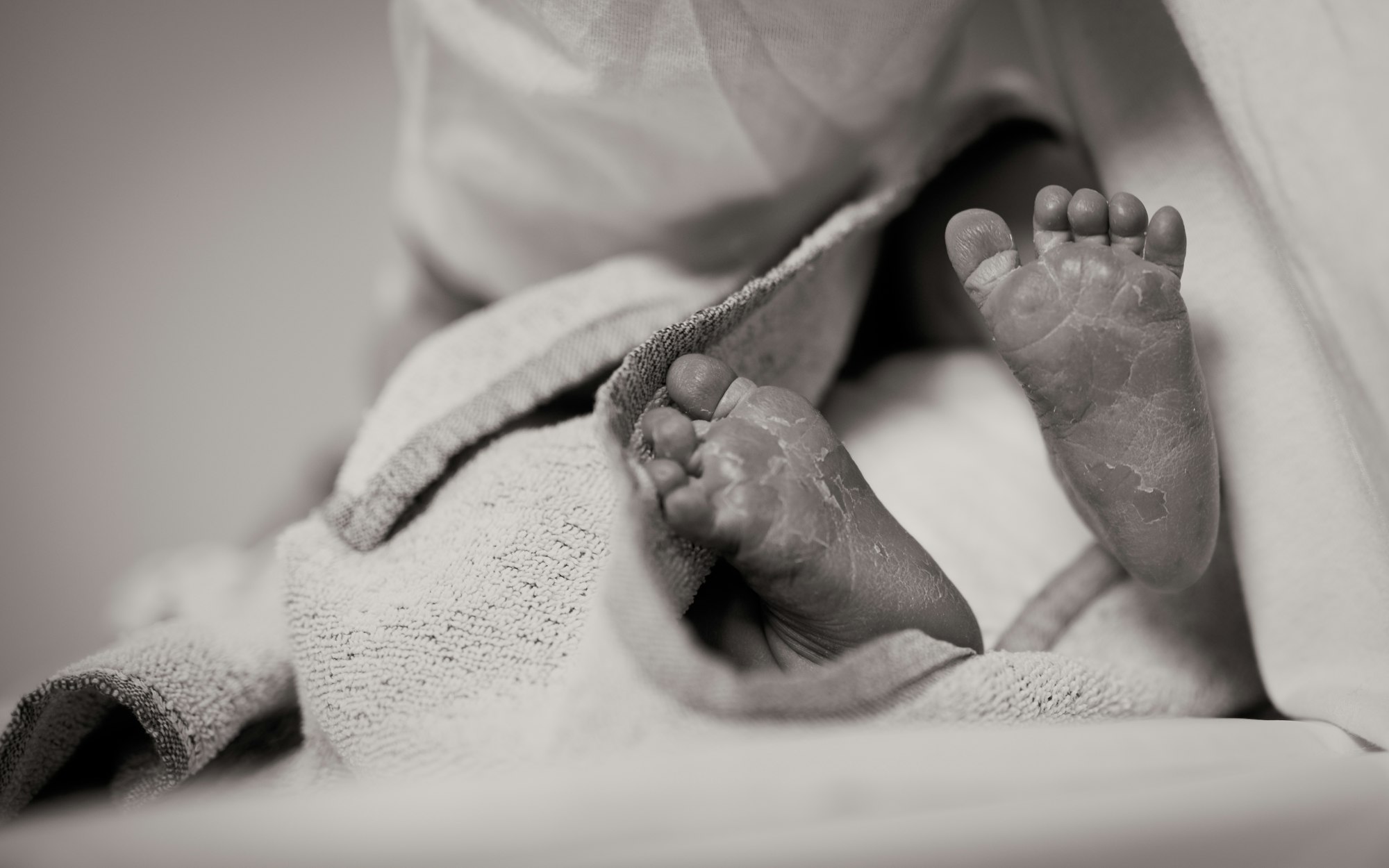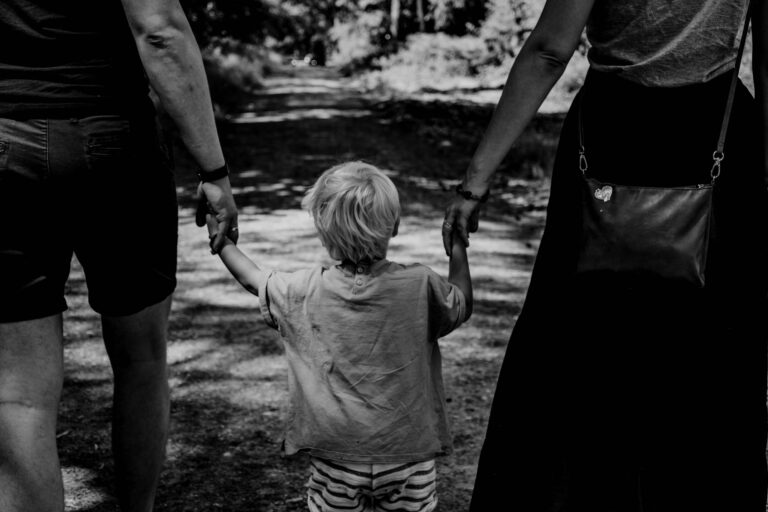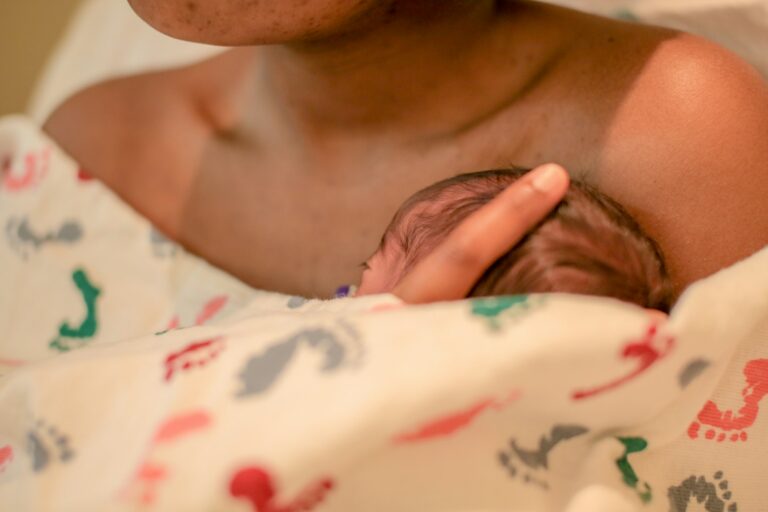When expecting a little one, every parent naturally dreams of a safe, smooth delivery. Yet, sometimes things unfold a bit differently—one of the unexpected scenarios is breech birth, where baby is positioned bottom or feet first rather than the typical head-down stance. That single change in posture can bring a rush of questions: Is baby fine? What does this mean for delivery? Should you prepare for surgery? Many parents find themselves weighed down with worry, especially as due date draws closer. Getting the right information—medical, practical, and emotional—makes all the difference in handling breech birth confidently. From causes and medical choices to hands-on care and emotional support, here’s what really matters when your baby stubbornly prefers a bottom-first approach.
What Is Breech Birth? Understanding the Basics
Breech birth (sometimes called breech presentation) means that, instead of preparing for arrival headfirst (the classic, or vertex presentation), your baby is positioned to enter the world bottom, feet, or even knees first. This is considered a type of malpresentation, which simply means any position other than head-down. Nature usually makes babies flip to head-down by 36-37 weeks, but around 3–4% stay breech at term. Is it rare? Not exactly, but it does mean extra care is needed.
Types of Breech Position
- Frank breech: Baby’s legs are extended upwards, feet near the face, bottom first. This is the most common and, in some cases, the safest breech for a possible vaginal delivery if all conditions are favorable.
- Complete breech: Both hips and knees are flexed, giving baby a “sitting cross-legged” appearance—feet and buttocks both near the birth canal.
- Footling breech: One or both feet are positioned to come out first. This can be risky due to higher chances of umbilical cord prolapse (when the cord slips into the birth canal ahead of baby).
- Kneeling breech: Extremely rare, where the knees are set to come out first.
Each variant implies unique risks and needs nuanced management. Frank breech may open a small window for vaginal delivery in highly selected cases, but footling and kneeling almost always prompt talk of surgical birth.
Why Does Breech Birth Happen?
You might wonder, “Why my baby?”—the question echoes in so many minds. Sometimes, there is a known reason; often, the answer stays elusive. Possible factors include:
- Uterine shape issues (like a septate or bicornuate uterus), which may give baby less room to turn.
- Placenta previa (when placenta covers the cervix), literally blocking baby’s head-down movement.
- Problems with amniotic fluid—either too much (polyhydramnios) making baby float, or too little (oligohydramnios) restricting movement.
- Multiple pregnancy (twins, triplets) or preterm birth—before 28 weeks, up to 25% of babies are breech, but most flip before term.
- Family or personal history: If you’ve experienced breech birth before, the chances are slightly higher, though not guaranteed.
But often, despite exhaustive scans and analysis, there’s no obvious cause. Nature keeps a few secrets close!
Diagnosing Breech Position: How It’s Spotted
It often starts at a regular check-up. Your doctor may suspect breech birth after performing Leopold maneuvers—a hands-on technique to feel baby’s position. If your obstetrician feels a round, hard head in the upper part of the belly rather than the lower, suspicion rises. But the gold standard? Ultrasound. This painless scan gives a real-time view, confirming presentation, checking for normal or abnormal amniotic fluid, assessing the location of the placenta, and scanning for markers that might suggest issues such as developmental dysplasia of the hip (DDH).
Timely identification—preferably by 36 weeks—gives families and doctors time to discuss choices, risks, and next steps.
Management Options: Turning, Planning, and Preparing
External Cephalic Version (ECV): Turning Baby Before Birth
One sometimes-surprising option, recommended for many parents, is the External Cephalic Version or ECV. Here, an experienced healthcare provider gently applies pressure to the abdomen, attempting to rotate baby to a head-down position. All the while, ultrasound and fetal monitoring are used for safety. About 50-60% of attempts succeed—higher if the uterus is relaxed (sometimes with medication), there is a healthy amount of fluid, and you’ve had a previous vaginal birth.
However, ECV isn’t for everyone. Scenarios such as placenta previa, uterine anomalies, signs of fetal distress, or multiple pregnancy, rule it out. Risks? Minor (like baby getting a brief scare and changing heart rate) are not rare; major, long-lasting issues are quite uncommon.
Will Baby Turn By Itself?
It’s possible. A good number of babies spontaneously flip head-down, even late in pregnancy. But after 37 weeks, the chances get slimmer.
What About Home Remedies or Exercises?
Traditional tips—doing certain yoga postures or handstands in the pool—circulate widely. Sadly, science hasn’t confirmed that these influence baby’s decision. Regular check-ups and open conversation with your healthcare provider remain your best allies.
Planning the Birth: What Are Your Choices?
Cesarean Section for Breech
Let’s face the facts—planned caesarean section (C-section) has become the routine approach for breech birth, especially in hospital settings across the world. This method reduces the likelihood of complications like head entrapment (where baby’s head is stuck after the body is born) and cord prolapse. Timing is usually around 39 weeks, unless labor starts beforehand.
But opting for a cesarean due to breech doesn’t predict that every future birth must end the same way. Your subsequent delivery plan gets shaped by baby’s position and your medical situation at that time.
Is Vaginal Breech Birth Possible?
Assessment is key. Vaginal breech birth might be proposed if:
- Baby is in frank or complete breech, not footling.
- Estimated weight falls between 2500–4000 grams.
- Mother’s pelvic size is appropriate (occasionally checked by scan or X-ray pelvimetry).
- There are no known fetal malformations.
- Both parent and medical team are motivated, experienced, and well-prepared.
- Immediate access to C-section and neonatal care exists.
Even then, the process unfolds under strict monitoring, specialized techniques (like the Mauriceau–Smellie–Veit and Løvset maneuvers), and expert supervision. Decision-making emphasizes shared understanding, informed consent, and real-time readiness for intervention.
Risks for Mother and Baby
For Mothers
A caesarean section for breech birth, while generally safe, does bring a higher risk of infections, bleeding, and longer recovery compared to straightforward vaginal birth. A vaginal breech attempt, if not immediately successful, may rush into an emergency cesarean—which can sometimes increase risks compared to a planned operation.
For Babies
The baby faces a few extra hurdles:
- Cord prolapse (when the umbilical cord slips ahead, possibly cutting off oxygen supply)
- Head entrapment
- Bruising or minor injuries to arms, legs, or hips
- Rare cases of oxygen deprivation (hypoxia)
- Higher likelihood of developmental dysplasia of the hip (DDH), prompting recommended ultrasound checks after birth and attentive follow-up
Special Cases: Multiple Pregnancies, Preterm Breech, and More
With twins or more, things get trickier. If the first twin is breech, a C-section is generally the norm. Sometimes, if the second twin is breech but the first has delivered vaginally, expert obstetricians might attempt careful vaginal extraction for the second.
Preterm breech? The risk of head entrapment and urgent neonatal support is higher—meaning C-section typically outweighs other choices for tiny, fragile babies.
Prior C-section or special uterine conditions? Extra caution is the rule, and tailor-made plans are drawn in close consultation with your team.
Home birth with breech? Medical experts strongly advise against it—simply because things can change quickly, requiring swift, expert maneuvers and surgical care.
Emotional Well-being and Ongoing Support
It is so natural to feel apprehensive, even frustrated, when faced with a breech birth scenario. Hopes of a smooth vaginal delivery may fade; fear for baby’s safety sometimes creeps in. Here, compassionate, fact-based support counts immensely. Detailed conversations, emotional space to voice doubts, and open lines with your birth team can make the difference between fear and empowerment.
After birth—especially cesarean—recovery may take longer, both physically and emotionally. Baby’s hips may call for extra screening follow-ups. Don’t hesitate to take advantage of professional counseling or peer support if things feel overwhelming.
Professional Guidance and Evolving Trends
Modern obstetric management relies on guidance from renowned scientific bodies like ACOG, RCOG, and WHO. They advocate for:
- Planned C-section as the best option for most persistent breech presentations.
- Individualized, shared decision-making—every family’s circumstances and preferences deserve respect and explanation.
- Continued training for doctors and nurses in specialized maneuvers, ensuring the next generation is ready for safe, skilled vaginal breech delivery when conditions align.
Increasing emphasis is placed on combining safety, respect for family choices, and the value of up-to-date, clear communication at every step.
Key Takeaways
- Breech birth affects about 3–4% of births at term; it’s important, but not abnormal.
- Babies bottom or feet first need extra monitoring, careful birth planning, and possibly intervention.
- External cephalic version (ECV) offers a real chance for many babies to turn head-down before birth.
- Planned caesarean section is usually advised for persistent breech, but vaginal birth may be carefully considered in selected situations under expert care.
- Diagnosis should always include ultrasound, close attention to baby’s and mother’s health, and open-minded consultation.
- Emotional support, peer counseling, and clear explanations can greatly reduce anxiety.
- Babies born breech should always have hip screening after birth for developmental dysplasia.
- Further births after a breech C-section do not always require repeat surgery.
- Professional guidance combines evidence, skill, and respect for parental involvement.
- Families seeking reassurance, step-by-step advice, or tracking tools can download the application Heloa for tailor-made health tips and free health questionnaires for children.
Questions Parents Ask
Can breech babies have health problems later in life?
Most children who experienced breech birth thrive just like their peers. There is, however, a slightly raised chance of hip issues, such as developmental dysplasia of the hip. Your doctor will likely suggest a hip ultrasound to check this early, and if needed, provide gentle, effective follow-up. With prompt care, most hip concerns resolve, allowing your child to grow strong and playful.
Are there ways to prevent a baby from being breech?
This is a common thought. While some suggest particular body movements or holding certain postures, scientific proof is lacking. Factors like uterine shape or amniotic fluid amount are beyond anyone’s control. The top priority is attending your regular check-ups; that’s where your doctor can track baby’s position and discuss sensible options if breech birth arises.
Is a breech birth always delivered by cesarean section?
Not inevitably. Although planned caesarean section is the usual path for breech presentations in many clinics—especially when extra safety for baby is a concern—there are well-chosen cases where vaginal breech birth is possible with experienced doctors. The decision is individualized, balancing mother’s wishes and baby’s wellbeing at each stage. Always open a dialogue with your medical team; every scenario is unique and, above all, deserves consideration and detailed guidance.
Further reading:









